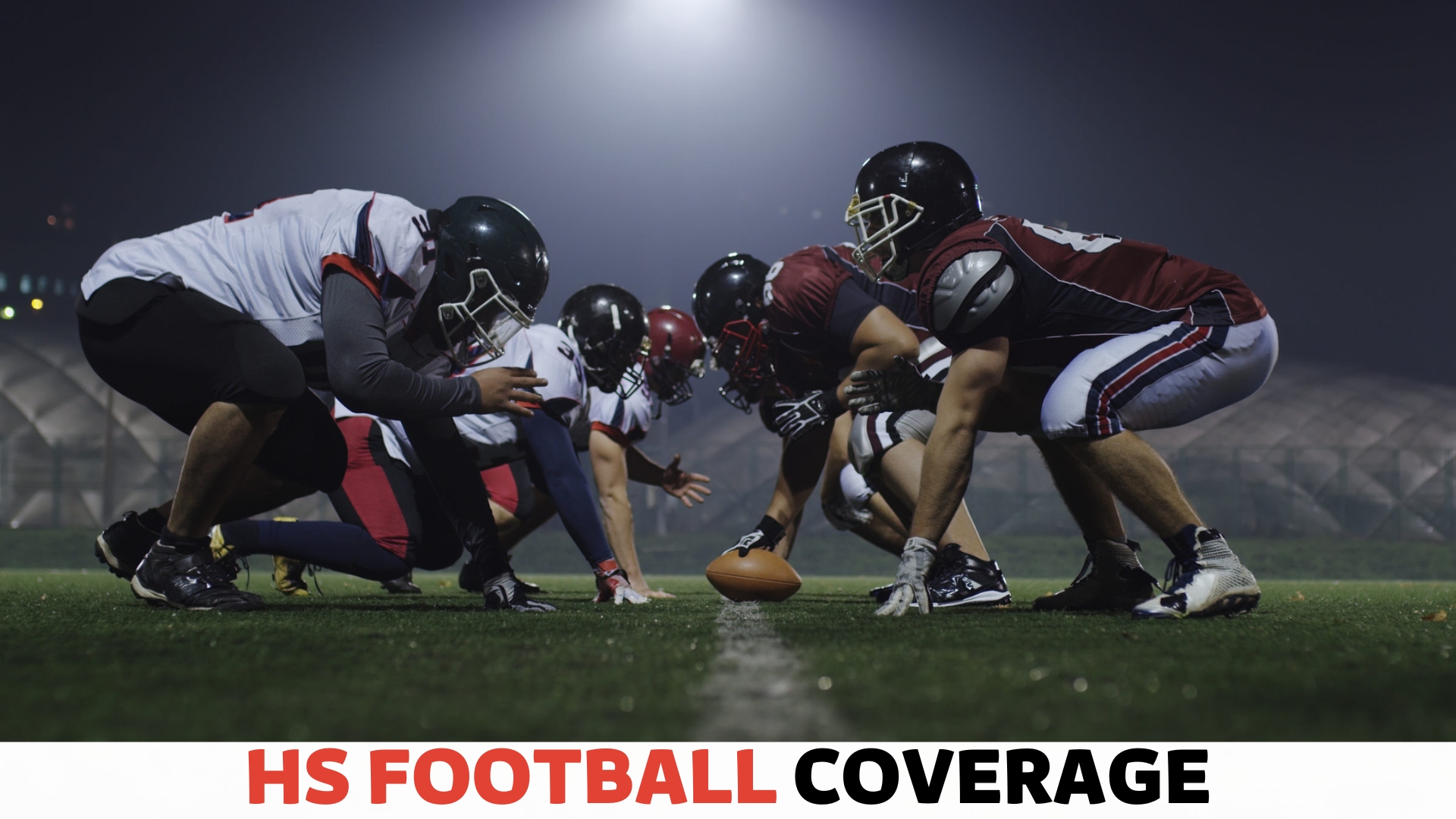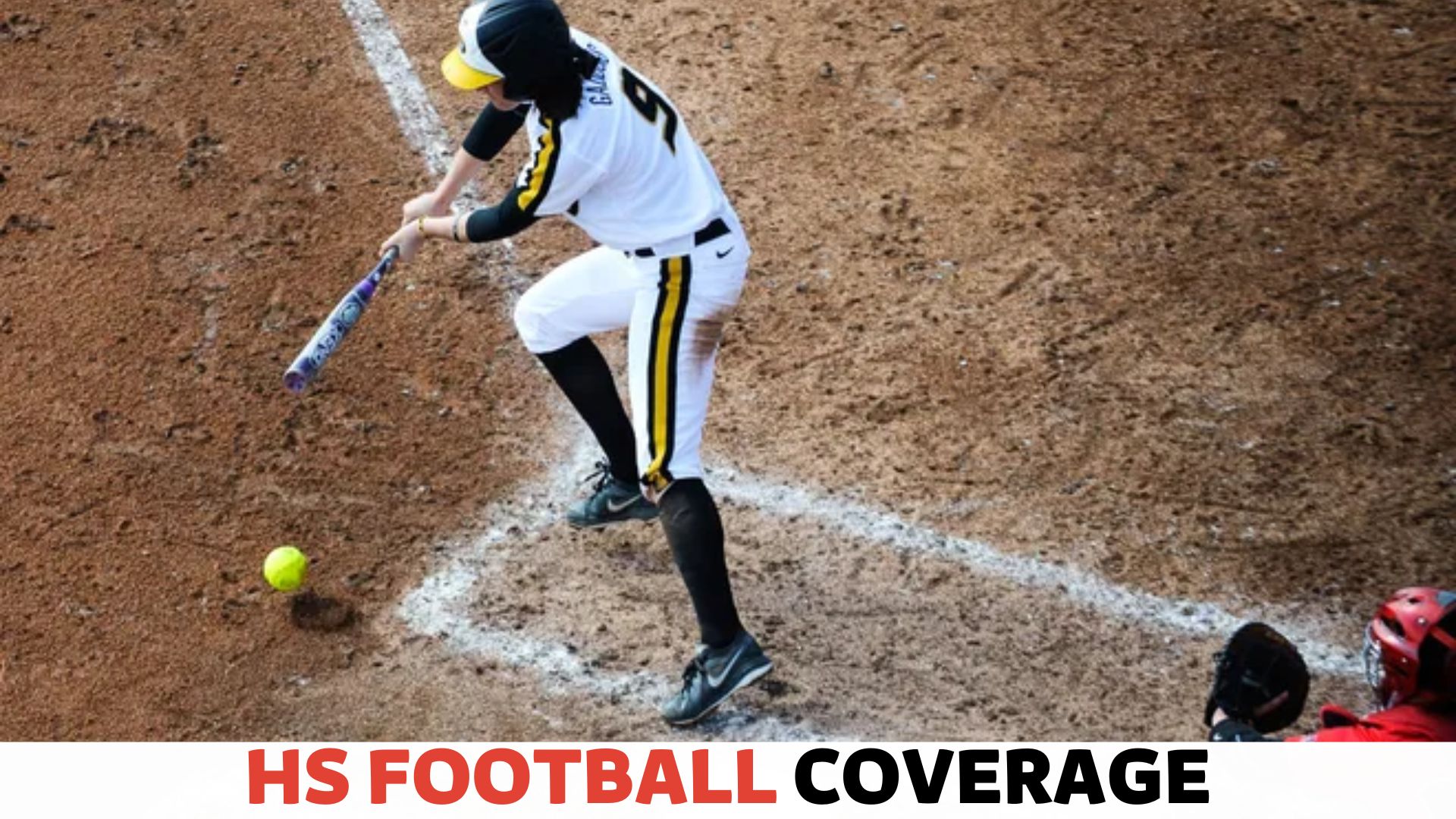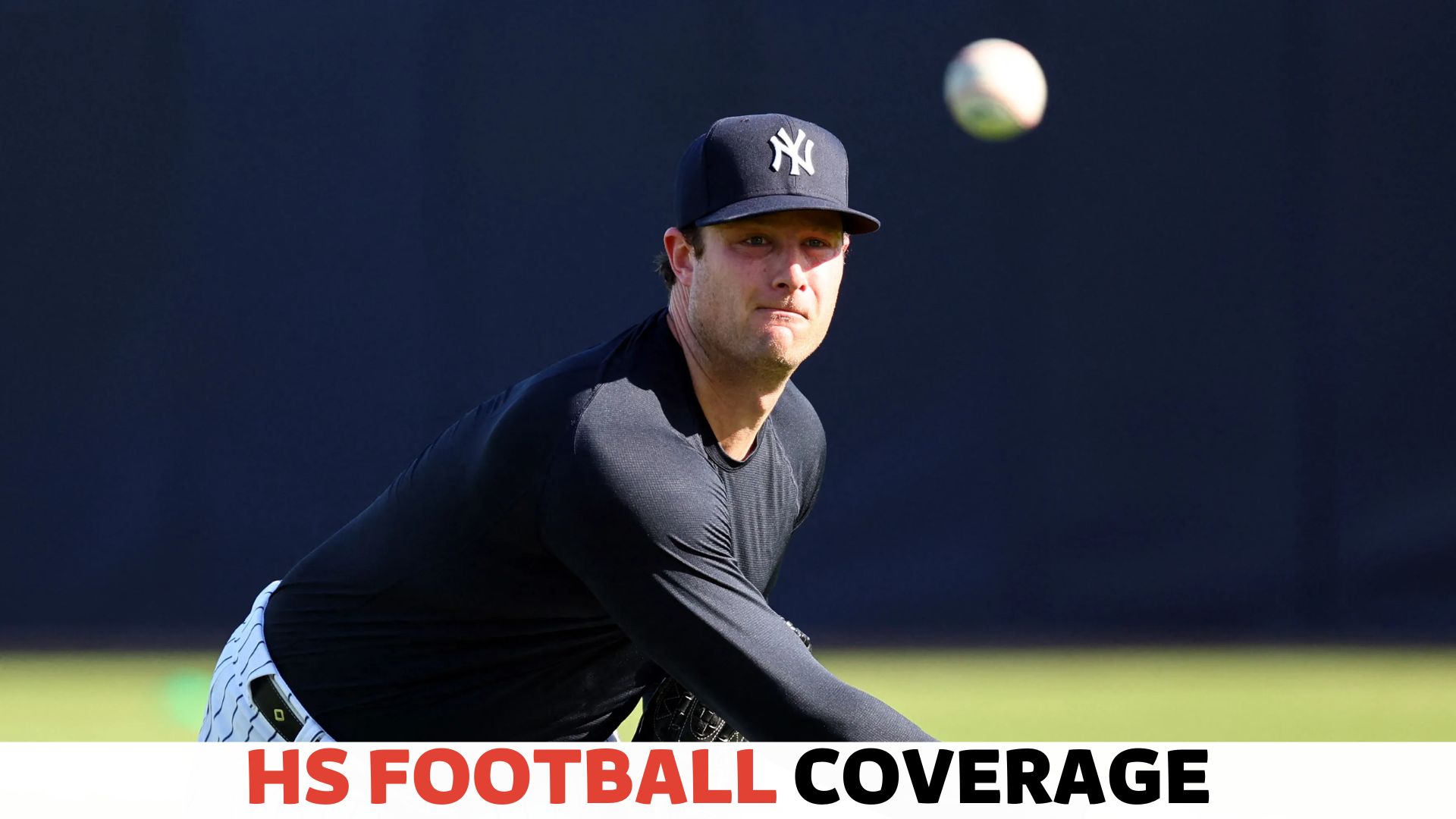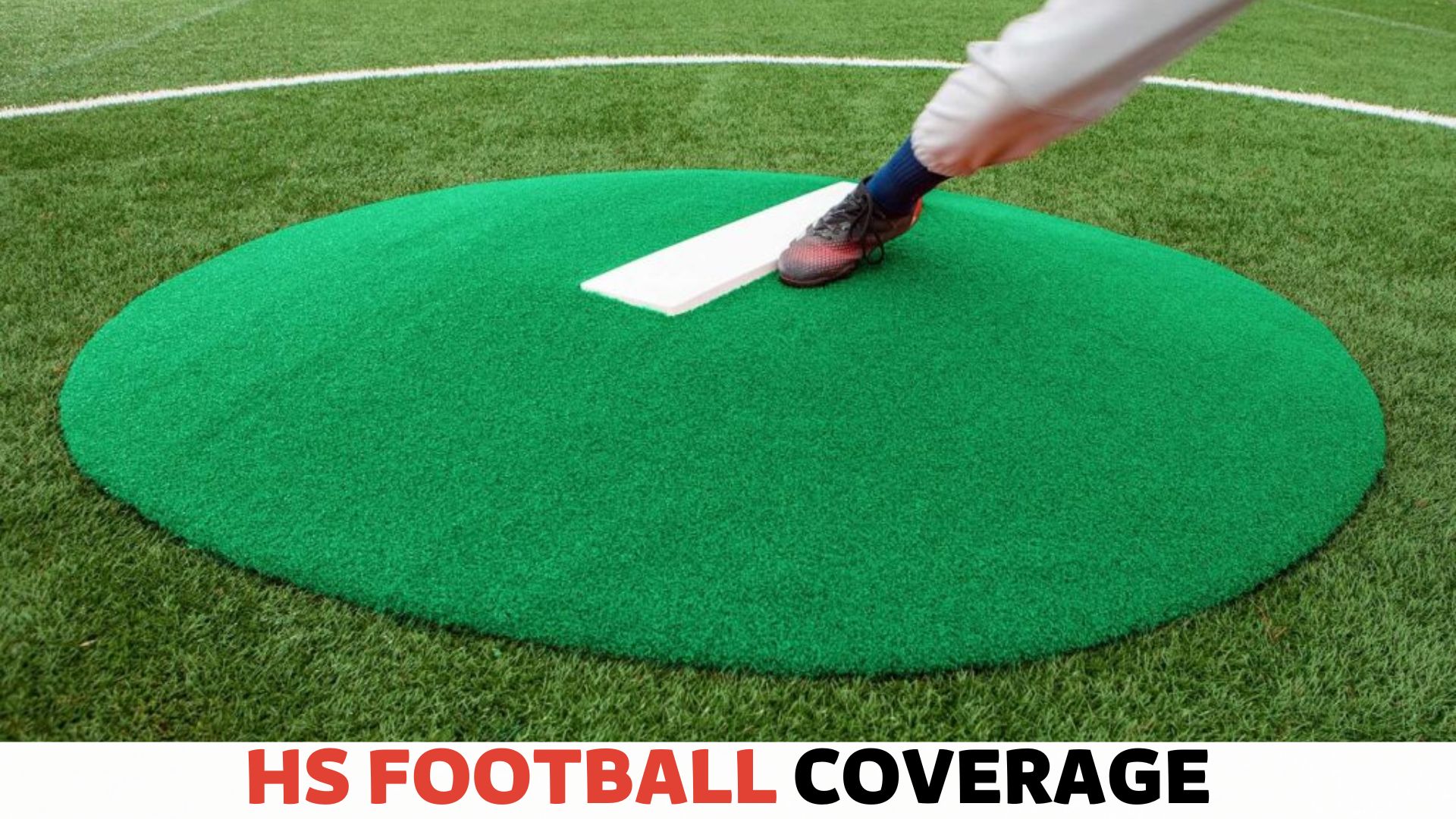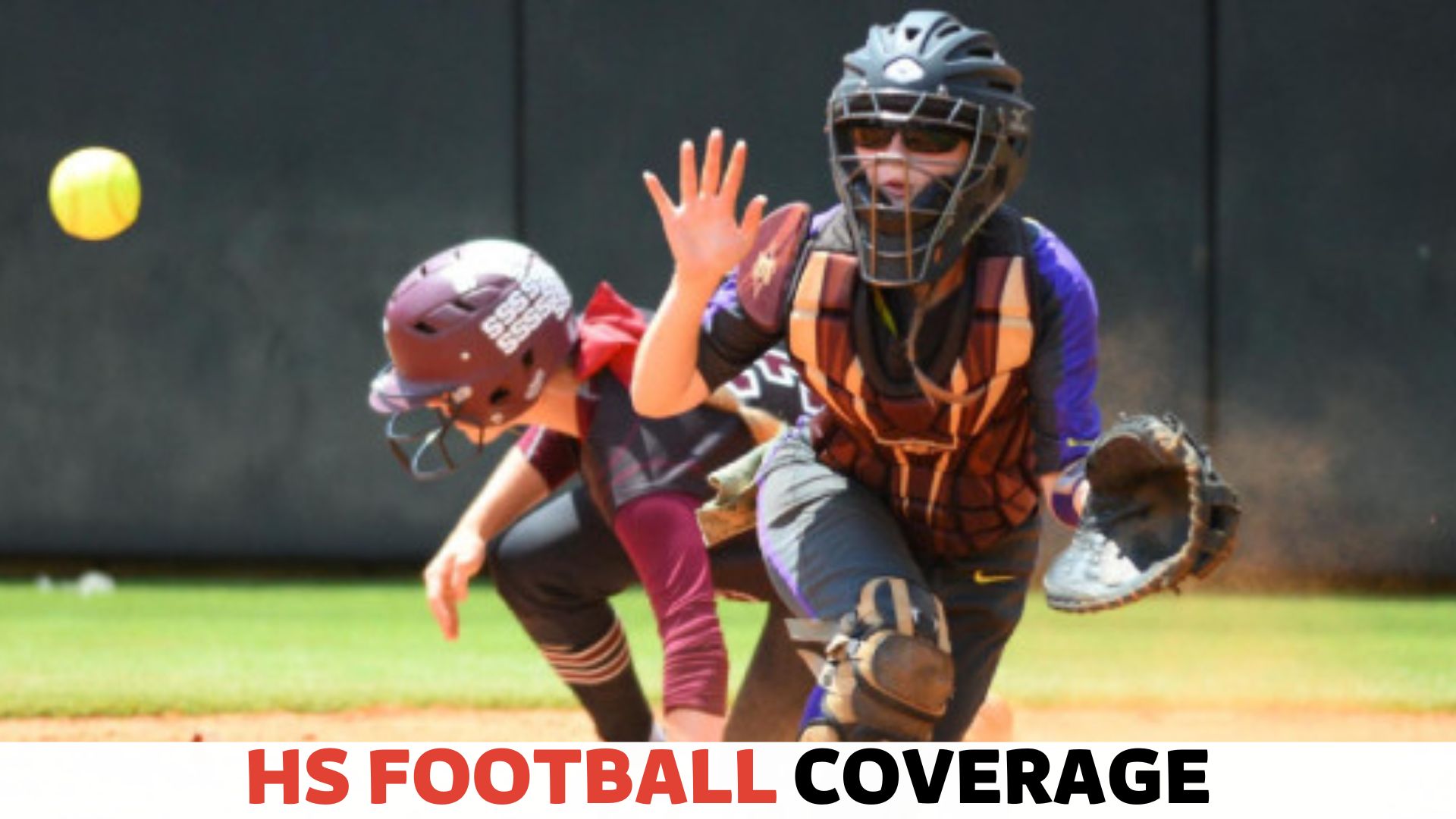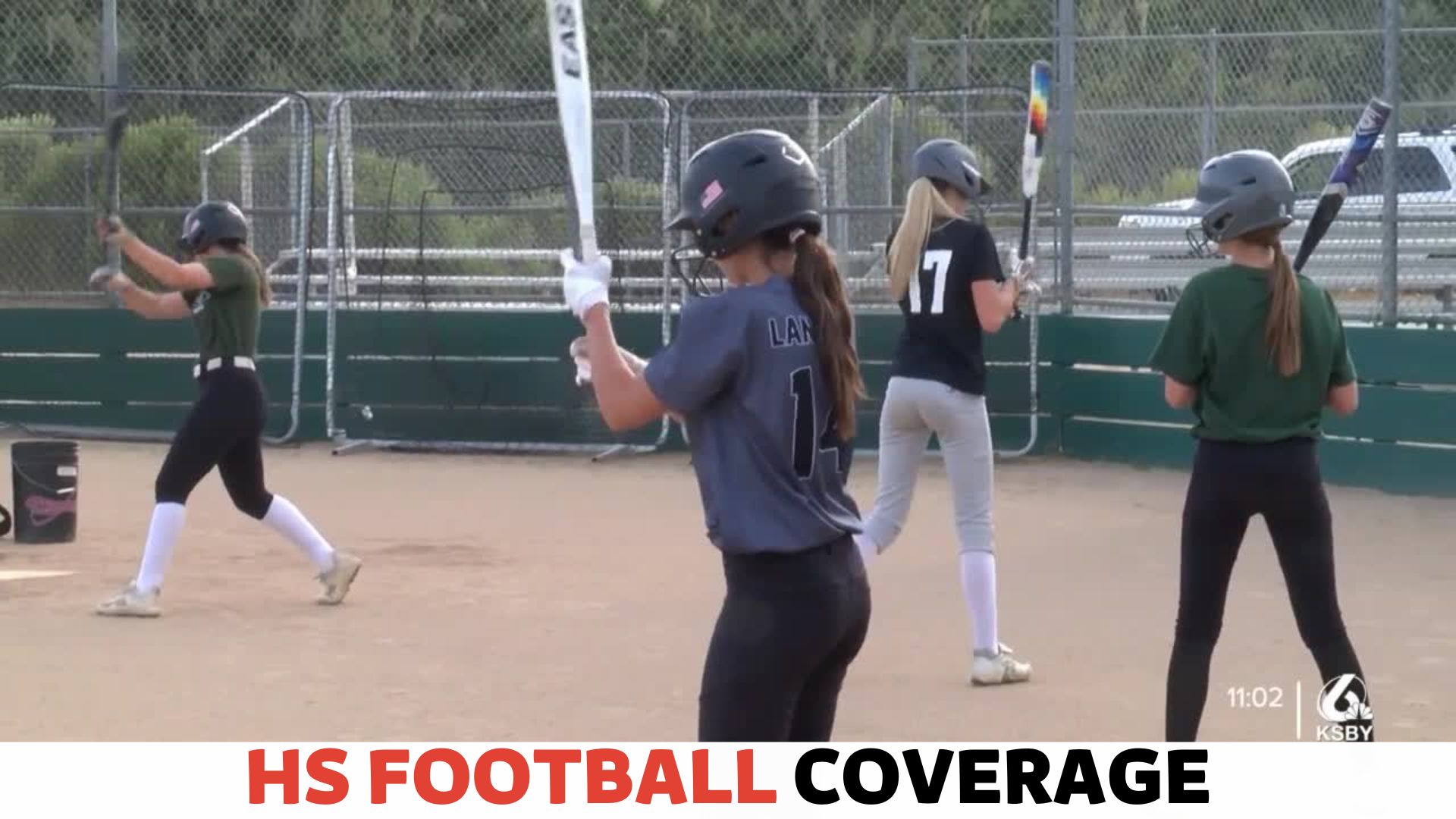
High school wrestling can be dangerous due to the physical nature and risk of injuries. High school wrestling poses a risk of injuries due to its physical nature.
Understanding the Risks of High School Wrestling
High school wrestling is a popular sport requiring physical strength, skill, and strategy. While many athletes participate in this sport and reap numerous benefits, it is essential to understand the associated risks.
Awareness of the potential dangers allows participants, coaches, and parents to take the necessary measures to prevent injuries and ensure the safety of all wrestlers. So, what are the risks involved in high school wrestling?
Prevalence and Popularity of High School Wrestling
High school wrestling is prominent in sports programs across the country. With roots tracing back to ancient times, this sport continues to captivate athletes and spectators alike. Thousands of high schools in the United States offer wrestling as part of their athletic curriculum.
Its widespread popularity can be attributed to its physical demands, the mental fortitude required, and the discipline it instills in participants.
Common Injuries Associated With High School Wrestling
High school wrestling carries its fair share of risks, like any contact sport. Wrestlers participate in intense bouts, which can lead to various injuries. Some of the most common injuries associated with this sport include:
- Concussions: When a wrestler experiences a blow to the head, it can result in a concussion. This injury can have long-lasting effects on the individual’s cognitive functions and overall well-being.
- Fractures: Fractures are common in wrestling and involve a high degree of physicality. They can occur in various body parts, such as the arms, legs, or ribs, and require extensive medical attention and rehabilitation.
- Joint sprains: Wrestlers often experience joint sprains, such as ankle or knee sprains, due to the quick and forceful movements involved in the sport.
- Lacerations: High school wrestling’s close combat nature can result in cuts and lacerations, typically caused by unintentional contact with the opponent’s body or the mat itself.
These are just a few examples of the injuries wrestlers may encounter, highlighting the importance of injury prevention techniques and safety measures.
Impact of Injury Rates on Participation Rates
The high number of potential injuries in high school wrestling can understandably raise concerns among parents, athletes, and school administrators. As injury rates increase, participation rates may decline, as individuals may be deterred from taking part in a sport with perceived risks.
It is crucial to recognize the importance of implementing effective safety protocols and preventive measures to mitigate these concerns and ensure the long-term sustainability of the sport.
Importance of Injury Prevention and Safety Measures
Given the physical demands and potential risks associated with high school wrestling, injury prevention and safety measures are paramount. Coaches, athletes, and parents must prioritize the well-being of participants and ensure that necessary precautions are taken. Some key measures that can significantly reduce the risk of injuries include:
- Proper warm-up and stretching routines.
- Regular strength and conditioning training.
- Frequent technique practice and skill development.
- Ensuring wrestlers have access to proper protective gear, such as headgear and mouthguards.
- Implementing strict rules and regulations to prevent dangerous moves or behaviors.
- Providing adequate supervision and guidance during practice and matches.
High school wrestling programs can create a safer environment for athletes to participate in this physically demanding sport by prioritizing injury prevention and adhering to safety measures.
Evaluating the Safety Measures in High School Wrestling
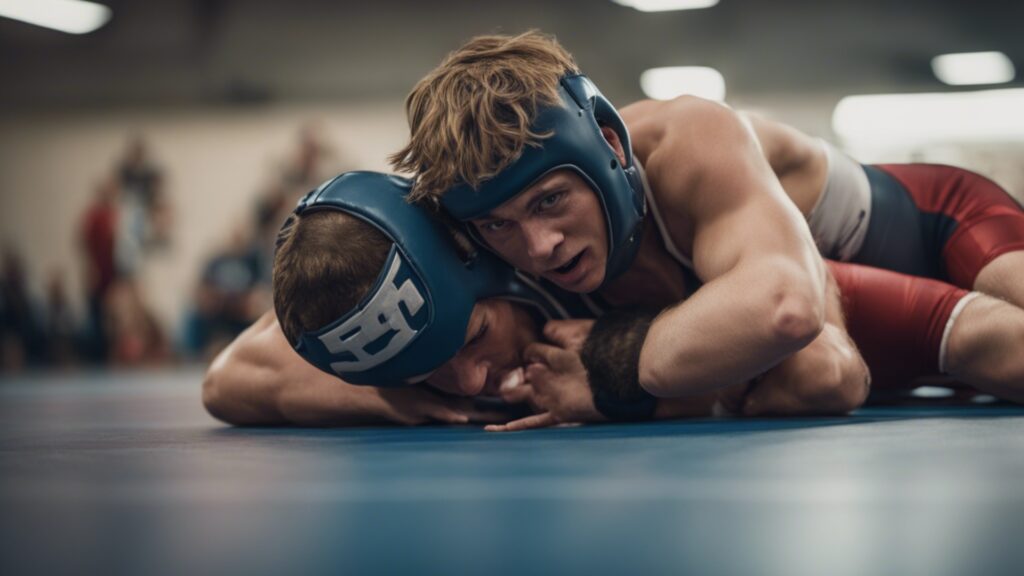
High school wrestling is a challenging sport that requires strength, skill, and discipline. While the physical nature of the sport may raise safety concerns, it’s important to evaluate the safety measures in place to protect the athletes.
By understanding the protocols, coaching techniques, weight management strategies, and the role of protective gear in preventing injuries, we can gain a clearer perspective on the safety of high school wrestling.
Protocols and Guidelines for Safe Wrestling Practices
Safe wrestling practices rely on the implementation of stringent protocols and guidelines. Coaches and officials work together to ensure a safe environment for the athletes.
These protocols include regular inspections of the wrestling mats, ensuring they are in good condition and free from any hazards. Additionally, coaches and officials enforce strict rules regarding illegal holds or moves that may cause injury to the athletes. Weight classes are established to ensure fair matches and to prevent potential size disparities that can lead to injuries.
Role of Coaching and Proper Training Techniques
The role of coaching and proper training techniques cannot be emphasized enough when it comes to ensuring the safety of high school wrestlers. Coaches are crucial in teaching wrestlers the correct techniques and maneuvers, ensuring they are performed safely.
They guide maintaining good posture, using proper body mechanics, and executing moves precisely. By prioritizing good technique and focusing on sound fundamentals, coaches play a key role in reducing the risk of injuries.
Importance of Weight Management in Preventing Injuries
Effective weight management is critical to preventing injuries in high school wrestling. Wrestlers are often required to compete in specific weight classes, encouraging them to maintain a healthy weight range.
However, unhealthy weight-cutting practices can harm athletes’ well-being. Wrestlers should focus on proper nutrition, hydration, and gradual weight loss or gain under the guidance of qualified professionals. Adequate weight management promotes physical readiness and reduces the risk of injuries associated with rapid weight fluctuations.
Role of Protective Gear in Reducing Injury Risks
Wrestlers rely on protective gear to reduce the risk of injuries during matches. Headgear, mouthguards, knee pads, and shoes are essential protective equipment wrestlers wear.
Headgear provides cushioning and protection for the ears, reducing the risk of cauliflower ears. Mouthguards help prevent dental injuries, while knee pads protect the knees from impact and friction.
Properly fitting shoes offer stability and traction, reducing the risk of foot and ankle injuries. Appropriate protective gear is crucial in minimizing the potential injuries that can arise during high-intensity wrestling matches.
Debunking Common Myths About High School Wrestling Safety
High school wrestling often gets a bad rap regarding safety concerns. Many people believe that it is a dangerous sport with a high risk of injuries.
However, these beliefs are often based on misconceptions and myths rather than facts. In this article, we aim to debunk some of the common myths surrounding the safety of high school wrestling.
Myth: High School Wrestling is Too Dangerous for Student-athletes
One of the most prevalent myths surrounding high school wrestling is that it is too dangerous for student-athletes. While it is true that wrestling involves physical contact and high-intensity maneuvers, the sport is regulated by strict rules and safety precautions that minimize the risk of serious injuries.
Proper training techniques and equipment, such as headgear and protective padding, further contribute to the safety of wrestlers. Wrestling practices and matches are closely supervised by experienced coaches and referees who ensure that athletes follow the rules and engage in safe techniques. The focus is on technique, strength, and conditioning rather than violence.
By teaching wrestlers how to properly execute moves and minimize risks, coaches significantly reduce the potential danger associated with the sport.
Myth: Injuries in High School Wrestling Are Inevitable
Another common myth is that injuries in high school wrestling are inevitable. While it is true that any contact sport carries some risk of injury, the likelihood of sustaining an injury in wrestling is not higher compared to other similar sports.
Studies have shown that the rate of injuries in high school wrestling is comparable to that of many other athletic activities.
When injuries do occur, they tend to be minor, such as sprains or strains, rather than severe or life-threatening. Serious injuries are rare and are usually the result of accidental occurrences rather than inherent dangers within the sport.
Myth: Wrestling is More Dangerous Than Other Contact Sports
Contrary to popular belief, wrestling is not necessarily more dangerous than other contact sports. In fact, wrestling has been found to have lower rates of head injuries than sports like football or soccer.
Wrestling’s emphasis on technique and controlled maneuvers reduces the risk of high-impact collisions, which often occur in other contact sports.
Furthermore, the nature of wrestling encourages individual responsibility and respect for the opponent. Wrestlers are trained to focus on their movements while considering the safety of their opponents, fostering a culture of sportsmanship that minimizes the risk of intentional harm.
Myth: Girls Should Not Participate in High School Wrestling Due to Safety Concerns
There is a common misconception that high school wrestling is unsuitable for girls due to safety concerns. However, this myth fails to acknowledge the strides in promoting gender equality in sports. Girls who participate in wrestling receive the same training and follow the same safety protocols as their male counterparts.
Admittedly, certain physiological differences between male and female athletes must be considered. Weight classes and specific training techniques are in place to ensure fairness and minimize potential risks.
With ongoing efforts to provide equitable opportunities, girls participating in high school wrestling can do so safely, reaping the sport’s physical and mental benefits.
In conclusion, like any sport, high school wrestling carries inherent risks. However, it is important to dispel the common myths surrounding its safety.
By understanding the proper techniques, regulations, and safety measures, it becomes clear that high school wrestling can be a safe and rewarding athletic pursuit for student-athletes.
Promoting Health And Wellness In High School Wrestling
Promoting health and wellness is of the utmost importance in high school wrestling. While the sport may be physically demanding and even intimidating to some, it is essential to prioritize student-athletes’ well-being.
Wrestlers can achieve optimal performance by focusing on physical conditioning, nutrition, mental health, and proper recovery while minimizing the risks associated with this rigorous sport.
Importance of Physical Conditioning and Strength Training
Physical conditioning and strength training play crucial roles in high school wrestling. Wrestlers must develop endurance, agility, and explosive power to match the sport’s demands.
Regular conditioning workouts like cardio exercises like running or cycling help improve cardiovascular fitness. Strength training exercises, including weightlifting and bodyweight, enhance muscular strength and endurance.
By focusing on these aspects, student-athletes can enhance their performance on the mat and reduce the risk of injuries.
Nutrition and Hydration Guidelines for Wrestlers
Proper nutrition and hydration are vital for wrestlers to maintain energy levels, support muscle recovery, and perform at their best. Wrestlers should adopt a well-balanced diet containing carbohydrates, proteins, and healthy fats.
Including fresh fruits, vegetables, lean meats, whole grains, and low-fat dairy products in their meals can provide the necessary nutrients. Additionally, it is crucial to stay hydrated by drinking adequate amounts of water throughout the day to avoid dehydration, which can negatively impact performance.
Mental Health Considerations for Student-athletes
The importance of mental health cannot be overstated for student-athletes involved in high school wrestling. The pressures of competition, intense training, and academic responsibilities can affect their well-being.
Wrestlers should prioritize their mental health by practicing stress-management techniques, establishing a healthy work-life balance, and seeking support from coaches, peers, or counseling services. Relaxing, engaging in enjoyable activities, and practicing mindfulness can significantly contribute to a wrestler’s overall well-being.
Encouraging Proper Recovery and Rest for Optimal Performance
Proper recovery and rest are vital for student-athletes to maintain peak performance in high school wrestling. Wrestlers should ensure they allow their bodies enough time to recover between practices and competitions.
This includes getting enough sleep each night to support muscle repair and growth. Additionally, implementing a recovery routine that includes stretching, foam rolling, and other recovery tools can help reduce muscle soreness and prevent injuries. Wrestlers can optimize their performance and achieve their goals by prioritizing rest and recovery.
Ensuring a Safe and Positive High School Wrestling Experience
High school wrestling is a popular sport that offers athletes numerous physical and mental benefits. However, as with any contact sport, there is a level of risk involved.
Schools, coaches, parents, and healthcare professionals must collaborate to create an environment prioritizing student wrestlers’ safety and well-being. This article will discuss various ways to ensure a safe and positive high school wrestling experience.
Building a Supportive and Inclusive Wrestling Culture
A supportive and inclusive wrestling culture is integral to providing a safe environment for high school wrestlers. By fostering a sense of camaraderie and teamwork, athletes can feel supported and motivated to excel.
Coaches play a vital role in creating this culture by encouraging respect, sportsmanship, and positive relationships among team members.
This can be achieved through team-building activities, open communication channels, and promoting a zero-tolerance policy for any form of discrimination or harassment.
Addressing Bullying and Hazing Concerns
Bullying and hazing in sports can have detrimental effects on a student’s well-being and can jeopardize the safety of the entire team. Schools must take proactive measures to address and prevent such incidents.
Schools can create an environment where all students feel safe and respected by establishing clear rules and consequences, organizing educational workshops, and encouraging athletes to speak up when they witness or experience bullying or hazing.
Role of School Administrators in Promoting Safety
School administrators play a crucial role in promoting safety in high school wrestling. They should enforce strict adherence to safety protocols, regularly inspect and maintain equipment, and ensure that coaches are properly trained in first aid and injury prevention.
Additionally, administrators should regularly communicate with coaches, athletes, and parents about the importance of safety and provide resources for reporting any safety concerns.
Collaborating With Parents and Healthcare Professionals for Athlete Well-being
Parents and healthcare professionals are key stakeholders in ensuring the well-being of high school wrestlers. Regular communication between coaches, parents, and healthcare professionals can help address health issues, prevent injuries, and ensure that athletes receive proper care.
By working together, they can develop injury prevention strategies, establish proper training techniques, and provide prompt medical attention when necessary.
Parental involvement also plays a vital role in providing emotional support to student-athletes, helping them cope with the challenges and demands of the sport.
Conclusion
Ultimately, while the sport of high school wrestling may carry inherent risks, it is crucial to recognize the safety measures in place to mitigate any potential dangers. Coaches, athletes, and officials are constantly working together to ensure a safe environment for participants.
By emphasizing technique, proper training, and adherence to rules, the sport can be thrilling and safe for aspiring athletes. So, if you or your child are interested in wrestling, don’t let misconceptions about its safety keep you from exploring this physically demanding and rewarding sport.







